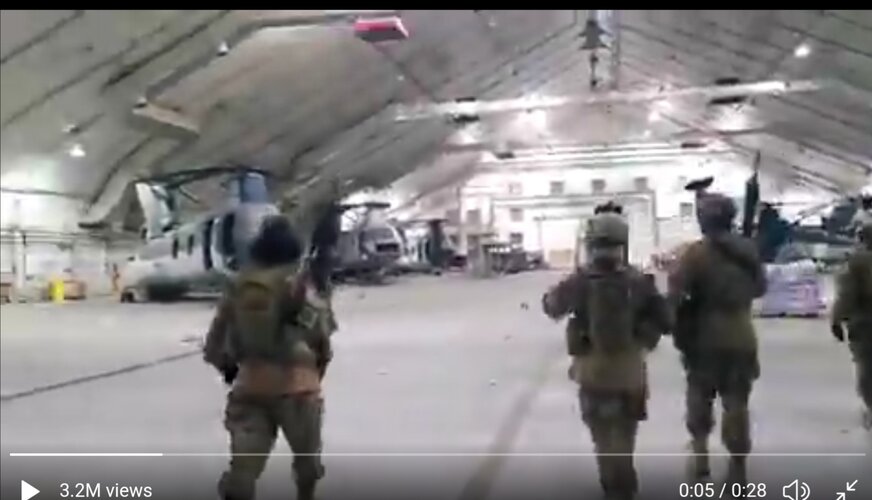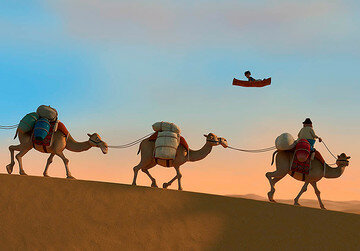Dear fellow forumers,
This thread is dedicated to the order of battle of the Afghan Air Force post Taliban takeover of the country (a rapid campaign that led to the fall of Kabul in August 2021 only a month after US and allies military disengaged from active battle duties).

 www.defensenews.com
www.defensenews.com
View: https://twitter.com/i/status/1426488151955152896
This thread is dedicated to the order of battle of the Afghan Air Force post Taliban takeover of the country (a rapid campaign that led to the fall of Kabul in August 2021 only a month after US and allies military disengaged from active battle duties).
The Afghan air force operated a total of 211 aircraft, with about 167 planes and helicopters available for use as of June 30, according to a July report by the Special Inspector General for Afghanistan Reconstruction.
So far, the Defense Department has not confirmed how many of those aircraft have been captured by the Taliban, how many of that sum are still operable and how many aircraft have been safely flown by Afghan air force pilots to relative safety in neighboring countries.
[...]
The Afghan air force operated 23 A-29 attack planes, four C-130 cargo planes and a total of 33 militarized versions of the Cessna Caravan, some of which were configured for a light attack mission, according to the special inspector report.
It also flew about 150 helicopters, which included the American-made UH-60 Black Hawk utility helicopter and armed MD-530s, as well as the Soviet Mi-17, which the Afghan air force was in the process of retiring.

The Taliban have access to US military aircraft. Now what happens?
Numerous photos have surfaced on social media of Taliban fighters posing with Black Hawk helicopters, A-29 attack planes and other aircraft from the Afghan air force fleet.
View: https://twitter.com/i/status/1426488151955152896
Last edited:
















